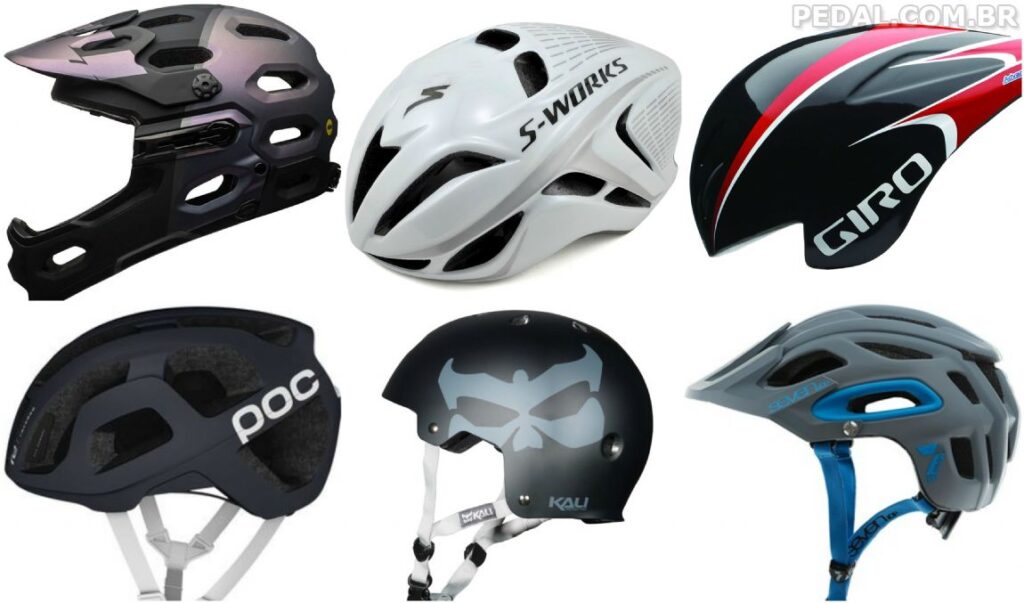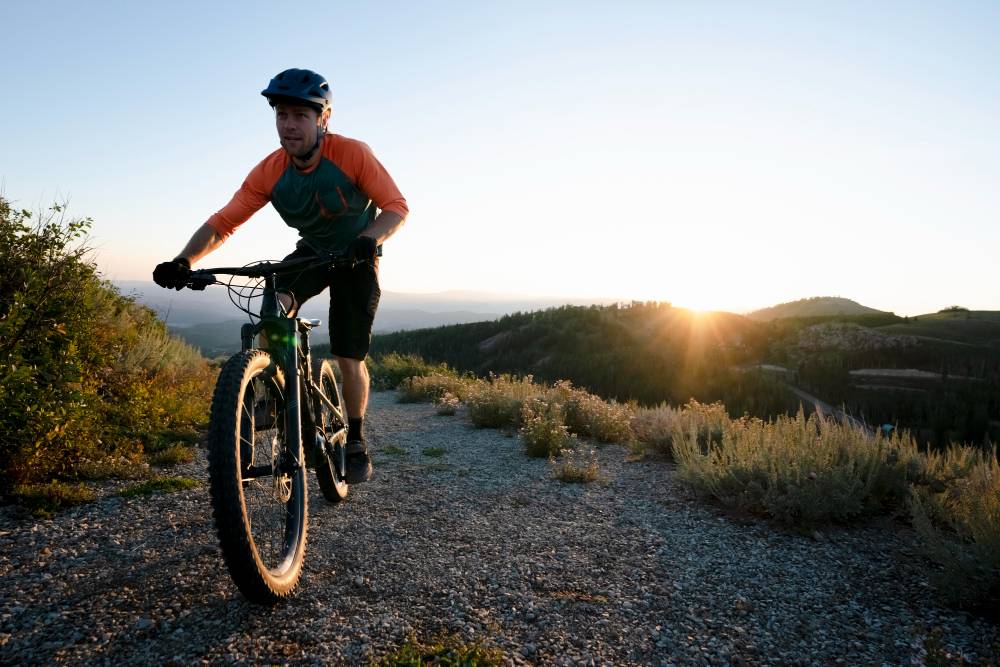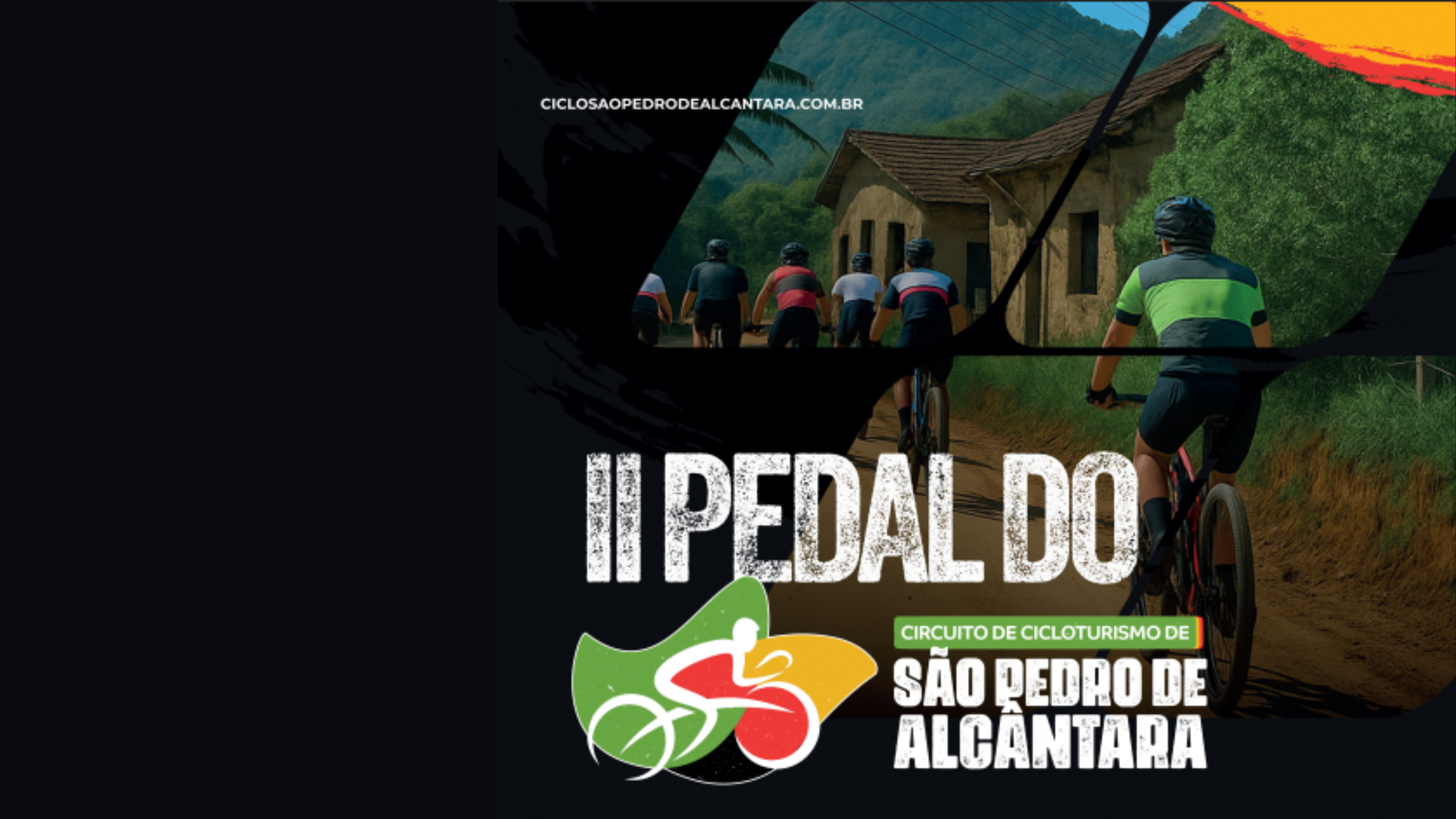Introduction
In the exciting world of cycle touring, where adventure intertwines with lush nature, prioritizing safety becomes crucial. Statistics released by the World Health Organization (WHO) reveal that proper helmet use can reduce the risk of death by up to 40% and the chances of a cyclist suffering more serious head injuries by up to 70%. These shocking numbers highlight the undeniable importance of investing in safety equipment when embarking on two-wheeled journeys. In this context, discussing essential equipment and safety practices in cycle touring is not only pertinent but imperative to ensure memorable and incident-free trips. In this article, we will comprehensively explore the importance of equipping yourself correctly and adopting effective safety practices to ensure a safe and rewarding cycle touring experience.
Helmet Function and Impact on Cranial Protection:
A helmet, a fundamental piece of equipment in cycle touring, plays a vital role in protecting cyclists in the event of accidents. Designed to absorb the impact of shocks and collisions, it significantly reduces the risk of serious head injuries. By distributing impact energy evenly and creating a protective barrier between the head and hard surfaces, a helmet helps to minimize direct impact, protecting the skull from potential fractures and traumatic brain injuries.
Helmet Types and Safety Features:
There are several types of helmets available for cycle touring, each designed with specific features for different conditions and riding preferences. Road helmets, for example, are lightweight and aerodynamic, ideal for long rides at higher speeds. On the other hand, mountain bike helmets tend to offer more coverage and protection, with a visor to shield your eyes from branches and debris.
Furthermore, safety features such as the adjustment system, which allows a personalized adjustment to ensure a comfortable and secure fit, and the presence of impact-absorbing materials such as expanded polystyrene foam, are essential to guarantee maximum protection during cycle touring trips.
Specific Helmet Types:
- Open Bicycle Helmet: This type of helmet offers less coverage and is ideal for riders who prefer a more ventilated and open feel. It usually has larger vents to increase air circulation and provide comfort in warmer weather. However, because it offers less coverage, it may be less suitable for riders who prefer more challenging and technical routes.
- Aero Helmet: Designed to maximize aerodynamics, an aero helmet is ideal for cyclists looking to increase speed and reduce air resistance during long-distance road rides. It features a sleeker, smoother shape, often with integrated visors to reduce drag and improve aerodynamic performance.
- Urban Cycling Helmet: This type of helmet is designed for urban commuting and is known for its combination of style and functionality. With a more modern look and additional features like built-in lights and quick-adjust systems, urban cycling helmets prioritize cyclist safety and comfort on busy city roads.

Knowing the specific types of helmets available and understanding how to choose the correct size is essential to ensuring comfort and safety while cycling. Always make sure to choose a helmet that fits your head perfectly to provide maximum protection during your cycling adventures.
Reflective Equipment and Visibility:
Ensuring adequate visibility is essential for the safety of cyclists, especially when riding at night or in low-light conditions. Inadequate visibility can increase the risk of accidents, making it imperative to wear reflective equipment and have effective lighting while riding. By increasing visibility, cyclists can alert motorists and other cyclists to their presence, reducing the risk of collisions and ensuring a safer ride.
There are different types of reflective equipment available for cyclists, including reflective vests, stickers, tapes and accessories integrated into the bikes themselves. In addition, using adequate lighting, such as headlights and taillights, is essential to make the cyclist more visible on dark roads and low-light conditions. These devices play a crucial role in preventing accidents, providing cyclists with an additional layer of safety and peace of mind during their journeys on two wheels.
By investing in reflective equipment and quality lighting, cyclists can enjoy nighttime or low-light riding with confidence, ensuring adequate visibility and minimizing the risks associated with poor visibility.
Pre-Ride Safety Checks:
Before embarking on any cycling journey, it is essential to carry out comprehensive safety checks to ensure that the bike is in perfect working order. Some of the essential checks include:
- Tires: Check tire pressure and look for cuts, tears or excessive wear.
- Brakes: Make sure your brakes are responsive and well adjusted to ensure safe stopping.
- Chain and Pedals: Check the chain for looseness and make sure the pedals are turning smoothly.
- Accessories: Make sure water bottle holders, storage bags and any other accessories are properly attached and do not interfere with the bike's ability to operate.
- Pedals: Ensure pedals are secure and all components are properly tightened and aligned.
By prioritizing these safety checks before each ride, cyclists can enjoy their journeys with confidence, knowing that their bike is in top working order, minimizing the risk of accidents or mechanical problems during their journey.
Additional Protective Equipment:
In addition to helmets and reflective equipment, other protective gear is essential to ensure the safety and comfort of cyclists during their trips. Gloves, for example, provide grip and protection for the hands, minimizing the impact in case of falls and offering comfort during longer rides. Protective glasses not only protect the eyes from dust and debris, but also help improve visibility in bright light or strong winds.
Additionally, wearing appropriate clothing, such as long-sleeved shirts, cycling pants or shorts, and closed-toe shoes, is essential to protect your skin from abrasions in the event of a fall and to ensure comfort during varying weather conditions. Choosing clothing that offers breathability and water resistance can provide additional comfort during longer rides or in adverse weather conditions.

By prioritizing the use of gloves, glasses and appropriate clothing, cyclists can protect themselves against potential injuries and enjoy their journeys with more comfort, ensuring a safe and enjoyable cycling experience.
Awareness and Education:
To promote safety in cycling tourism, it is essential to emphasize the need to understand traffic rules and signage. Knowing and respecting traffic laws, including traffic signs and right of way, is crucial to ensuring the safety of cyclists, drivers and pedestrians. Awareness of the importance of visibility, clear communication with drivers and mutual respect on the roads all contribute to preventing accidents and creating a safer environment for all road users.
Among the most common practices include:
- Keep a safe distance from moving vehicles to avoid collisions.
- Clearly signal intentions to turn or change lanes to alert drivers and other cyclists.
- Use hand gestures and sound signals to communicate intentions and warn of obstacles or hazards on the road.
- Know and follow traffic rules, including traffic signs and priority laws.
- Use cycle paths whenever possible and, in their absence, stay in the rightmost lane and follow the direction of traffic.
- Avoid distractions, such as the use of electronic devices, to maintain full focus on the road and the surrounding environment.
- Keep your bike in good working order by performing regular checks and proper maintenance to prevent unexpected mechanical problems.
Technology and Security:
With the advancement of technology, new innovations have contributed significantly to the safety of cyclists. Several gadgets and apps have been developed to enhance the cycling experience and ensure a safer journey. For example, GPS tracking devices offer the ability to monitor the cyclist’s location in real time, providing an additional layer of safety in case of emergencies or dangerous situations. Additionally, smart signal lights and proximity warning systems are among the technological advancements that help increase visibility and communication between cyclists and drivers, reducing the risk of accidents on busy roads.
Among the main applications we can mention:
- Strava: A popular app among cyclists that offers GPS tracking capabilities, allowing users to monitor their route, speed, and distance traveled. It also offers safety features like accident detection and real-time location to share with emergency contacts.
- Komoot: A route planning app that offers detailed maps for cyclists, helping them find the best cycling routes. It provides information on terrain, points of interest and difficulty ratings, contributing to a safer and more planned trip.
- Google Maps: While widely used for navigation, Google Maps also offers features specifically for cyclists, such as preferred bike routes, terrain information, and turn-by-turn navigation, which can improve safety while cycling.
- Bike Citizens: An app dedicated to urban cyclists that offers information on bike paths, safe routes, and suggested rides. It also provides alerts about road conditions and events that may affect cyclist safety.
The Importance of Insurance for Your Bicycle:
Taking out insurance for your bike during a cycle touring circuit is crucial to ensure peace of mind and protection against unforeseen events. In São Pedro de Alcântara, we recommend Carlão Insurance Company, a local company that understands the specific needs of cyclists. By investing in insurance, you ensure coverage against theft, damage and specialized technical assistance, allowing you to fully enjoy the beauty of the region without worries, knowing that your bike is properly protected. Find out more here!
Conclusion:
In short, cycling tourism requires not only enthusiasm and adequate preparation, but also a dedicated focus on safety. By prioritizing the combination of helmets, reflective equipment, pre-checks, additional protective equipment and awareness of traffic rules, cycling tourists can enjoy safer and more rewarding trips. The incorporation of technological innovations and the intelligent use of specific apps also play a key role in ensuring a safer and more connected cycling tourism experience. In this sense, committing to the safety of oneself and other cyclists is not only a responsibility, but also a way to promote a safer and more collaborative cycling tourism culture for all two-wheeled enthusiasts.
By following all the steps described in this text, your experience while cycling on the São Pedro de Alcântara Cycle Touring Circuit will be even more special.
Tip: If you need any equipment, bike review etc. to enjoy our circuit, talk to the team at Lalas Motos & Bikes!!!







